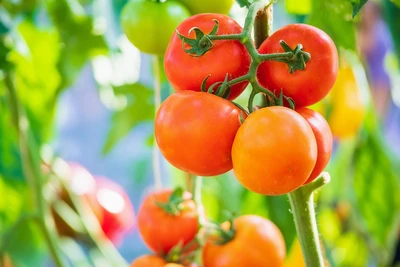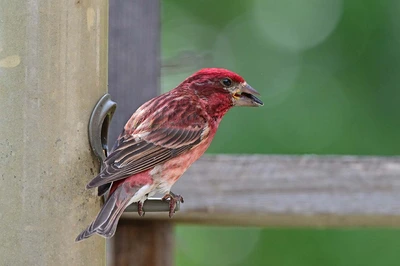Celebrating Love in February
By Myrna Pearman, Mother Nature’s Naturalist and Backyard Birding Expert
February on the west coast is often grey, chilly and wet. While the days are getting noticeably longer, many still remain in the clutches of winter’s rainy grip. For most folks, one bright spot in the month is Valentine’s Day. What better way to dispel gloom than with kisses, wine, chocolate and roses!
For most bird species, February is a shoulder month, with life being dominated by the daily grind of finding food, water and shelter. Their “love” hormones, which are regulated by the hours of daylight (called photoperiodism), haven’t been stimulated, so their instincts have not yet turned to the pursuits of establishing breeding territories and finding suitable mates.
Interestingly, there are a few bird species that eschew the normal pattern of spring-only breeding and instead nest during the late winter.
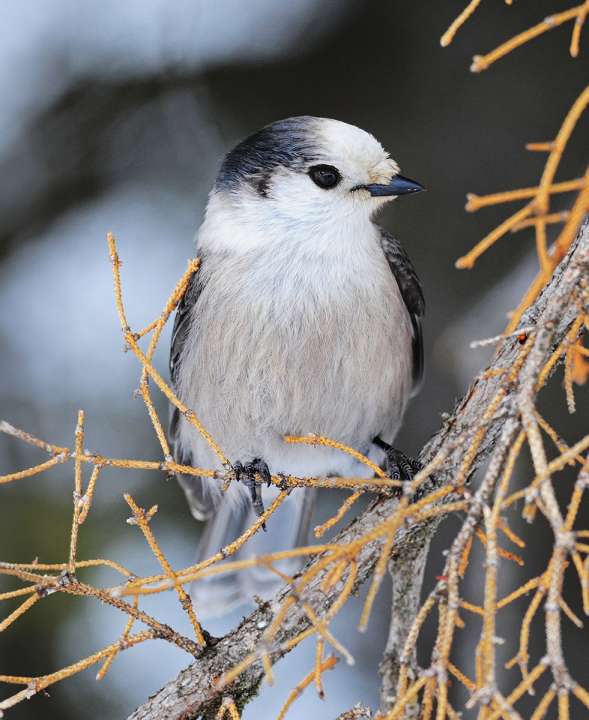
Canada Jay
The most iconic of these winter-nesting species is the Canada Jay. Although Canada Jays—hopefully soon to be designated as Canada’s Official Bird— aren’t seen at lower elevations in the Vancouver area, they are commonly encountered at higher elevations across the province. Anyone who skis or hikes the backcountry will be familiar with these curious and tame birds, which are well known for fearlessly approaching humans looking for handouts. They also will come to feeding stations that offer peanut butter, suet, peanuts, cat kibble and meat scraps. Interestingly, they cache food year-round by covering stored morsels with a special saliva that they glue to flakes of bark, conifer needles or in tree forks.
Canada Jay pairs, which stay together for life, will often breed in February. They construct their very snug nests by making a base of spruce and tamarack twigs that are held together with insect cocoons. They then fill this base with finer twigs, bark strips and lichen and complete it by lining the cup with feathers and/or fur. This super-insulated nest will keep the eggs and nestlings warm, even during the coldest February storms.
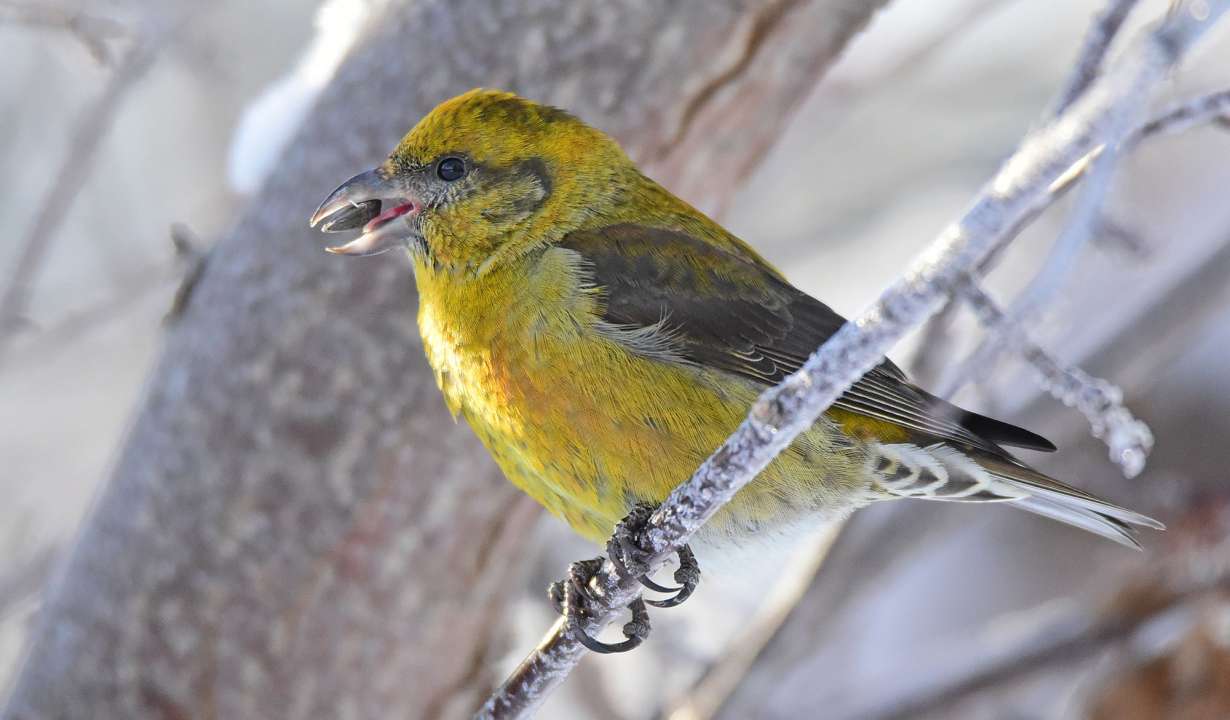
Red Crossbill
Crossbills, both Red and White-winged, will also nest—usually with others of their own kind—during late winter.
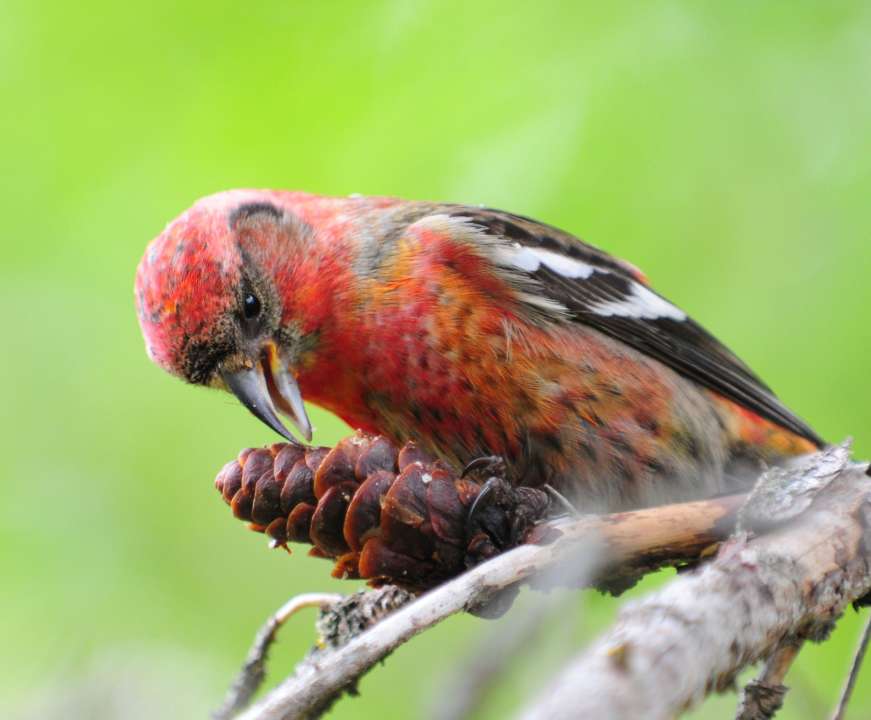
White-winged Crossbill
Have more questions? Visit your local Buckerfield's and we'll be happy to help!


